
Posterior Vaginal Prolapse (Rectocele) Health 24
Mayo Clinic Overview Rectal prolapse Enlarge image Rectal prolapse happens when part of the large intestine's lowest section, the rectum, slips outside the muscular opening at the end of the digestive tract known as the anus. While rectal prolapse may cause pain, it's rarely a medical emergency.

Rectal Prolapse Pelvic Floor Exercises Viewfloor.co
Rectocele (prolapse of the rectum) This type of vaginal prolapse involves a prolapse of the back wall of the vagina (rectovaginal fascia). When this wall weakens, the rectal wall pushes against the vaginal wall, creating a bulge.. These tissues produce a signal, which is analyzed by a computer. A 3-dimensional image of the pelvis is then.

Crohn's disease cure Inflammatory bowel disease news could develop
There can be prolapse of the back passage (rectum) into the vagina. The medical term for this is a rectocele. This is the third most common type of pelvic organ prolapse. Cystocele and rectocele. Prolapse affecting the middle part of the pelvis. Uterine prolapse.

Uterine Prolapse, Cystocele and Rectocele Trial Exhibits Inc.
Overview What is vaginal prolapse? Vaginal prolapse (also called a vaginal vault prolapse) is when the top of your vagina falls from its normal location in your body. Your vagina, also called your birth canal, is the tunnel that connects your uterus to the opening of your vagina.
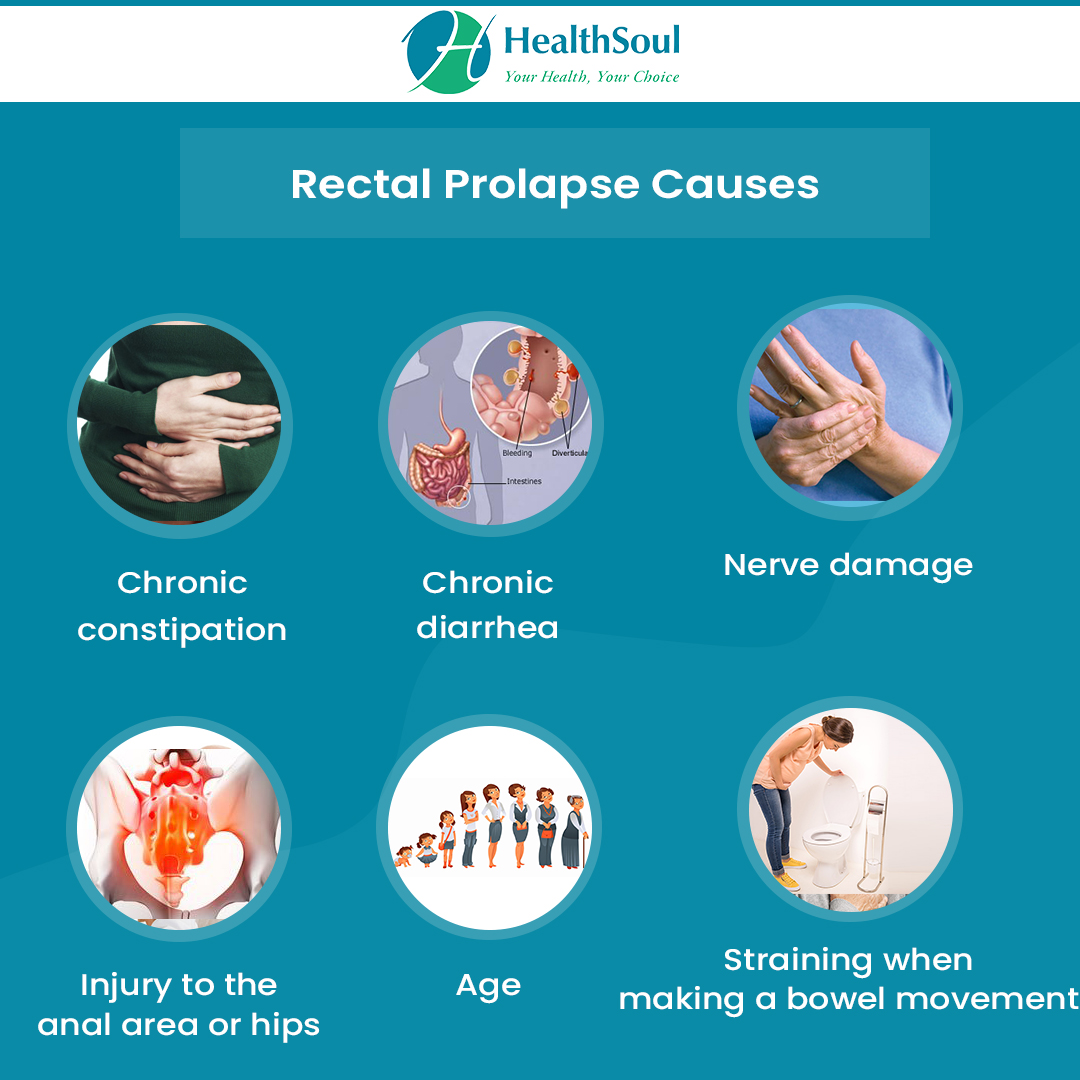
Rectal Prolapse Symptoms, Diagnosis and Treatment Healthsoul
A rectocele is a type of prolapse where the supportive wall of tissue between a woman's rectum and vaginal wall weakens. Without the support of these pelvic floor muscles and ligaments, the front wall of the rectum sags and bulges into the vagina, and in severe cases, protrudes out of the vaginal opening.
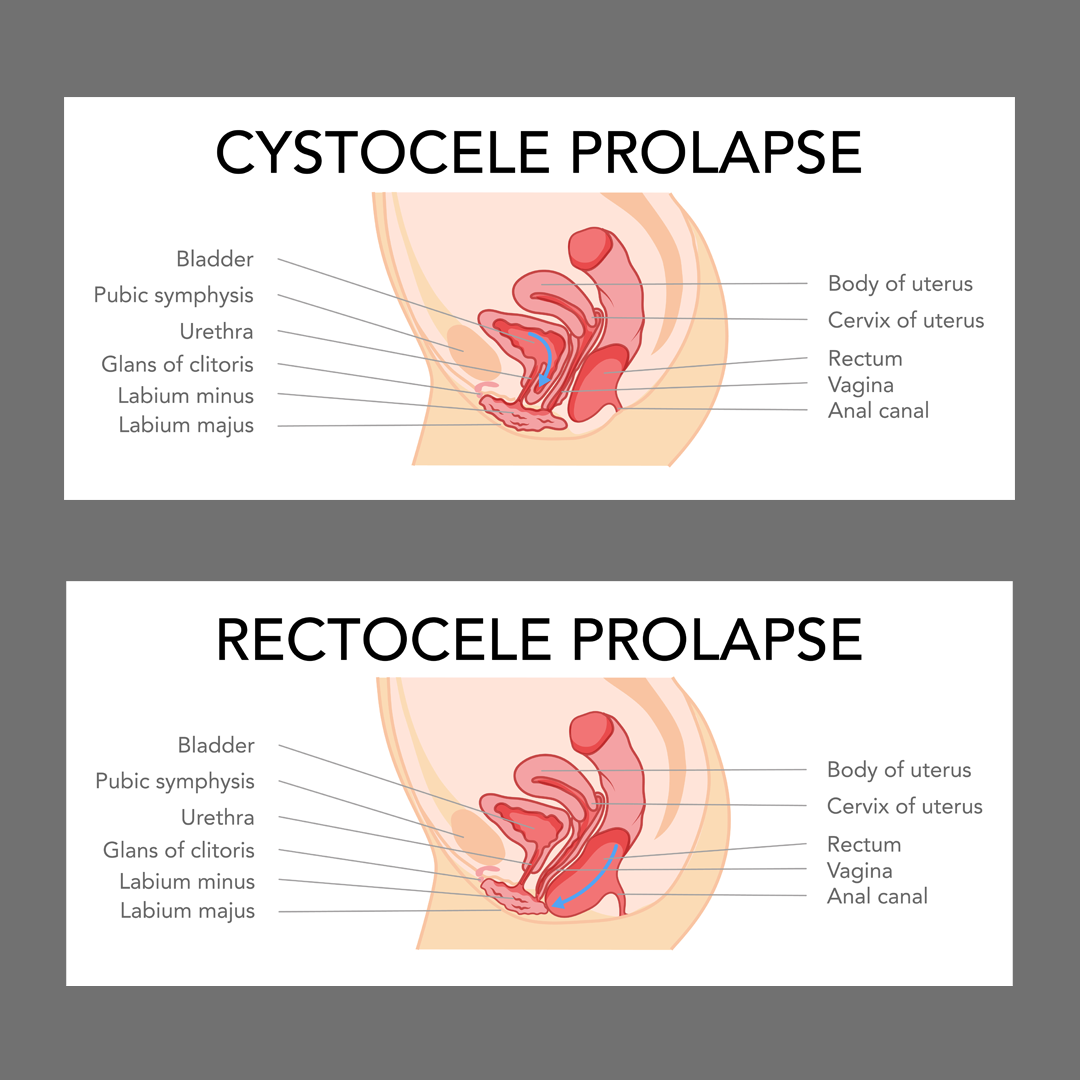
Pelvic Floor Prolapse Surgery Recovery Review Home Co
View PATIENT EDUCATION Symptoms and Signs Diagnosis Treatment Key Points Anterior and posterior vaginal wall prolapse involve protrusion of an organ into the vaginal canal. Anterior vaginal wall prolapse is commonly referred to as cystocele or urethrocele (when the bladder or urethra is involved).
The Pathophysiology, Diagnosis, and Management of Rectoceles GLOWM
Cystocele. A prolapsed bladder sinks into the anterior wall of the vagina. Cystocele (or "dropped bladder") is the most common type of female prolapse and one of the few types of bladder prolapse that may impact the body. Basically, the bladder's supportive tissue stretches or detaches and sinks against the front (or anterior) vaginal.

10 Signs that you are dealing with Rectal Prolapse (Rectocele) YouTube
Health Library / Diseases & Conditions / Rectocele Rectocele A rectocele is a condition where weakened tissues in your pelvis cause your rectum to sag onto your vaginal wall. It's a form of pelvic organ prolapse. If the bulge (prolapse) is small, you may not notice symptoms.
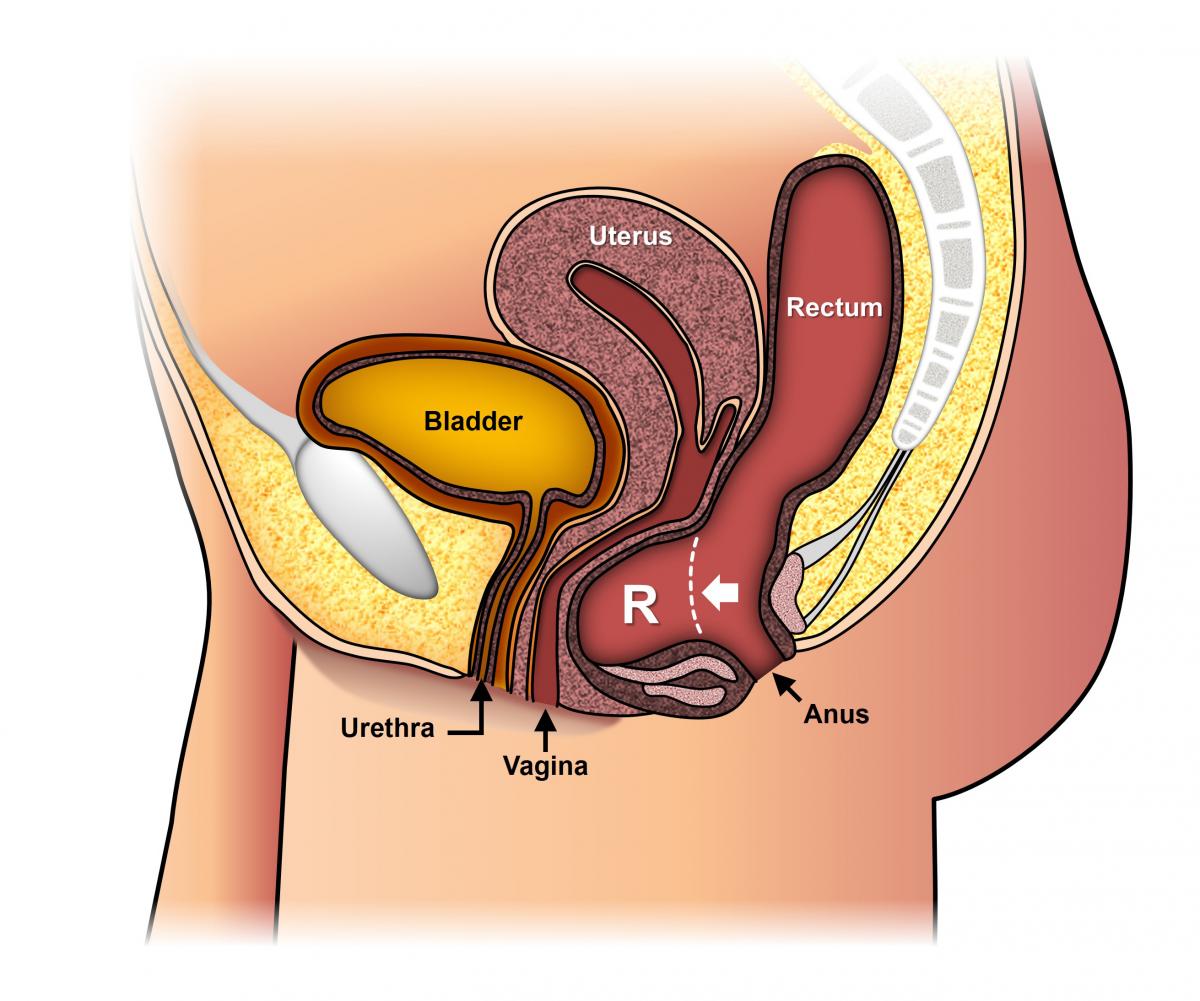
Rectocele Stepwards
A posterior vaginal prolapse, also known as a rectocele, occurs when the wall of tissue that separates the rectum from the vagina weakens or tears. When this happens, tissues or structures just behind the vaginal wall — in this case, the rectum — can bulge into the vagina. Share Tweet Advertisement

PPT Rectal prolapse & its laparoscopic management a video
A rectocele (also known as a posterior prolapse) is a hernia on the back wall of the vagina resulting in the rectum bulging into the vaginal passage. Rectocele is often measured in stages ranging from stage 1 which is a minor prolapse, to stage 4 which is complete prolapse.
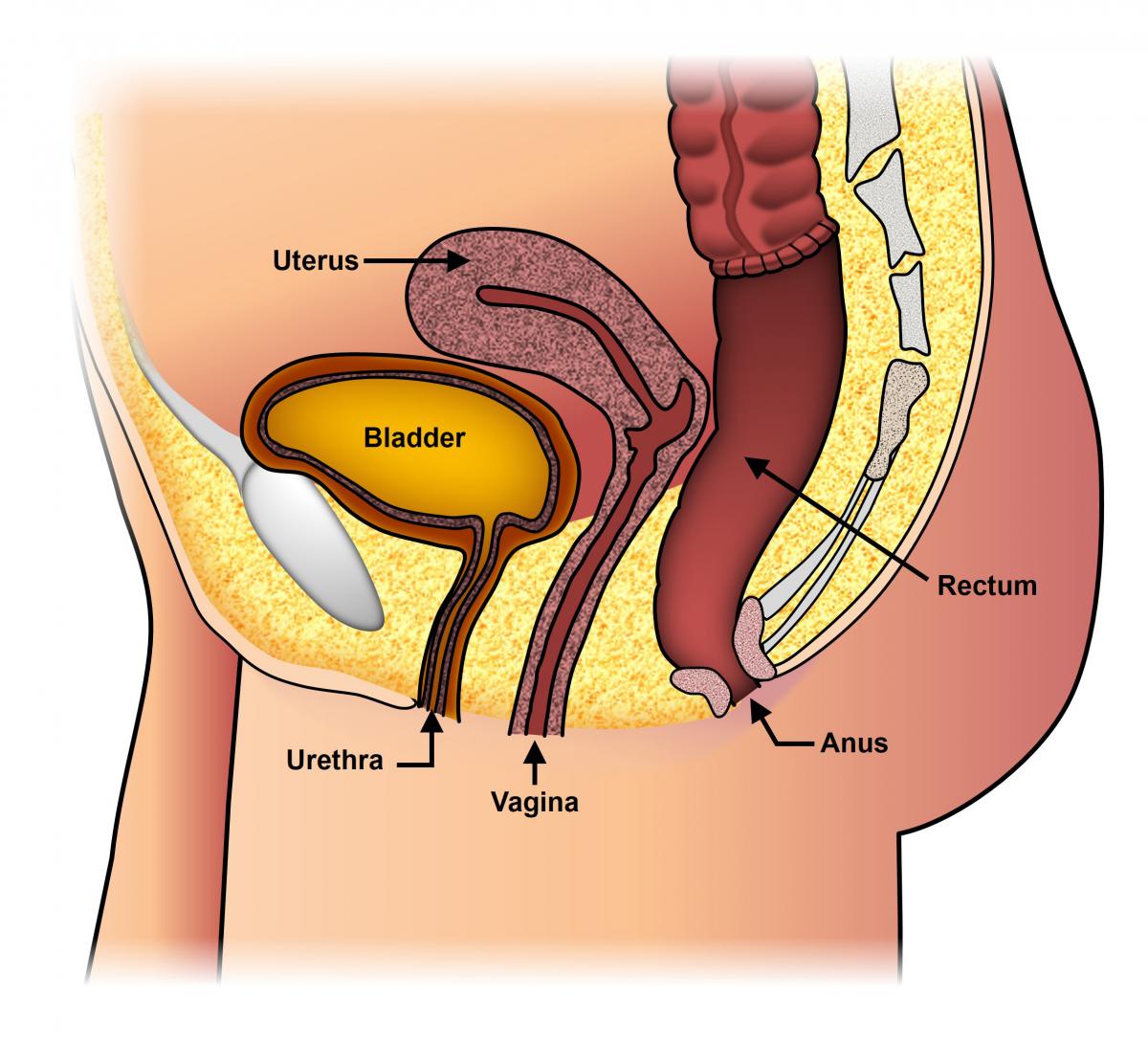
Rectal Prolapse Expanded Version ASCRS
What is pelvic organ prolapse? How prolapse is named depends on which organ is affected: Cystocele is when the bladder protrudes into the vagina, creating a bulge. It's the most common form of prolapse. Rectocele is when the rectum bulges into the back wall of the vagina. Uterine prolapse involves the uterus dropping into the vagina.; Most of the time, pelvic organ prolapse is the result of.

Using a Pessary for Symptoms of Prolapse
Mayo Clinic Overview Posterior vaginal prolapse (rectocele) Enlarge image A posterior vaginal prolapse is a bulge of tissue into the vagina. It happens when the tissue between the rectum and the vagina weakens or tears. This causes the rectum to push into the vaginal wall. Posterior vaginal prolapse is also called a rectocele (REK-toe-seel).
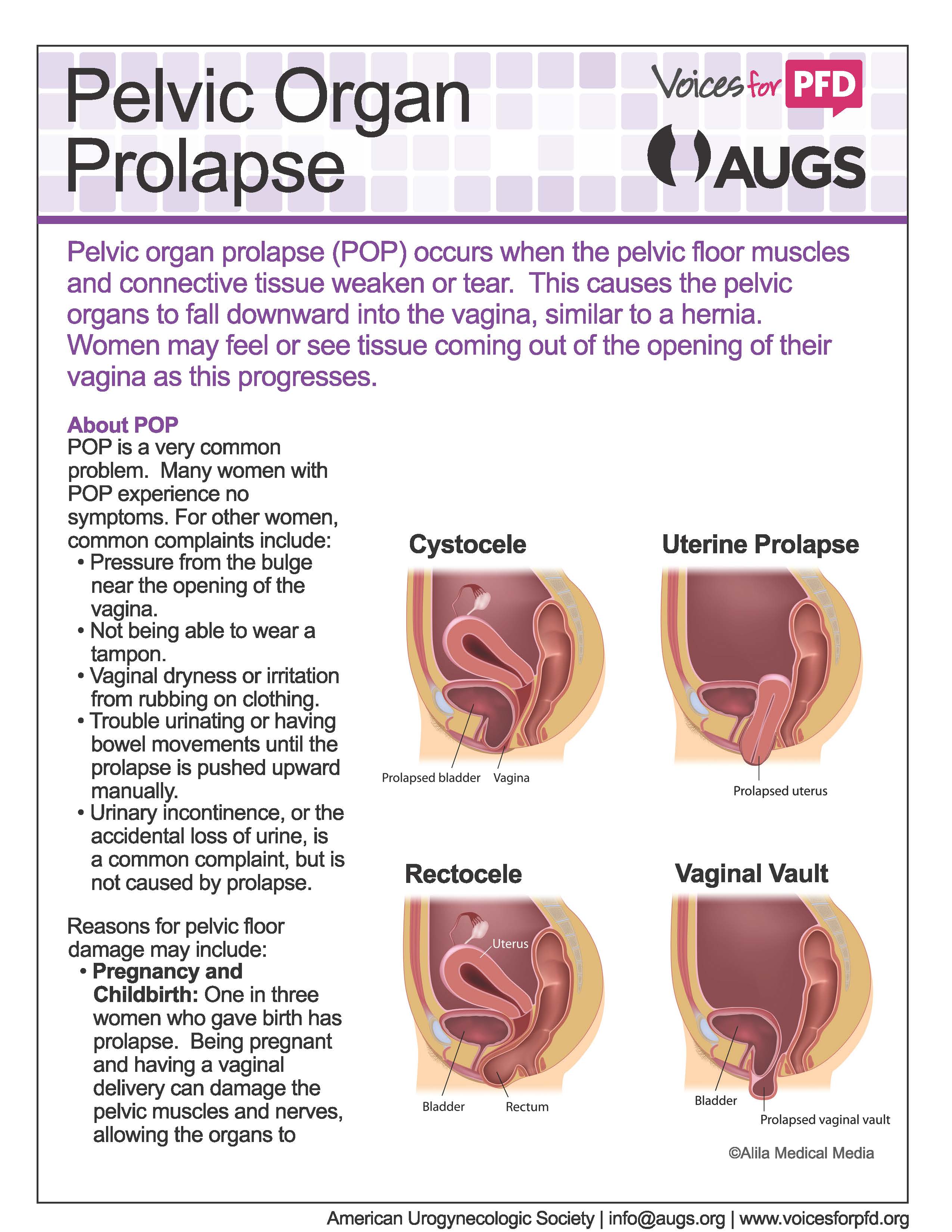
Diagnose And Treat A Prolapsed Bladder Urinary Incontinence Pelvic
Pelvic organ prolapse (POP) is a condition where weakened muscles in your pelvis cause one or more organs in your pelvis (vagina, uterus, bladder and rectum) to sag. In more severe cases, an organ bulges onto another organ or outside your body. Your healthcare provider can recommend treatments to repair your prolapse and relieve symptoms.

Pelvic Health and Alignment Pelvic Organ Prolapse Part 1
Prolapse occurs when a woman's pelvic floor muscles, tissues and ligaments weaken and stretch. This can result in organs dropping out of their normal position. Vaginal prolapse refers to when the top of the vagina — also called the vaginal vault — sags and falls into the vaginal canal. In severe cases, the vagina can protrude outside of.
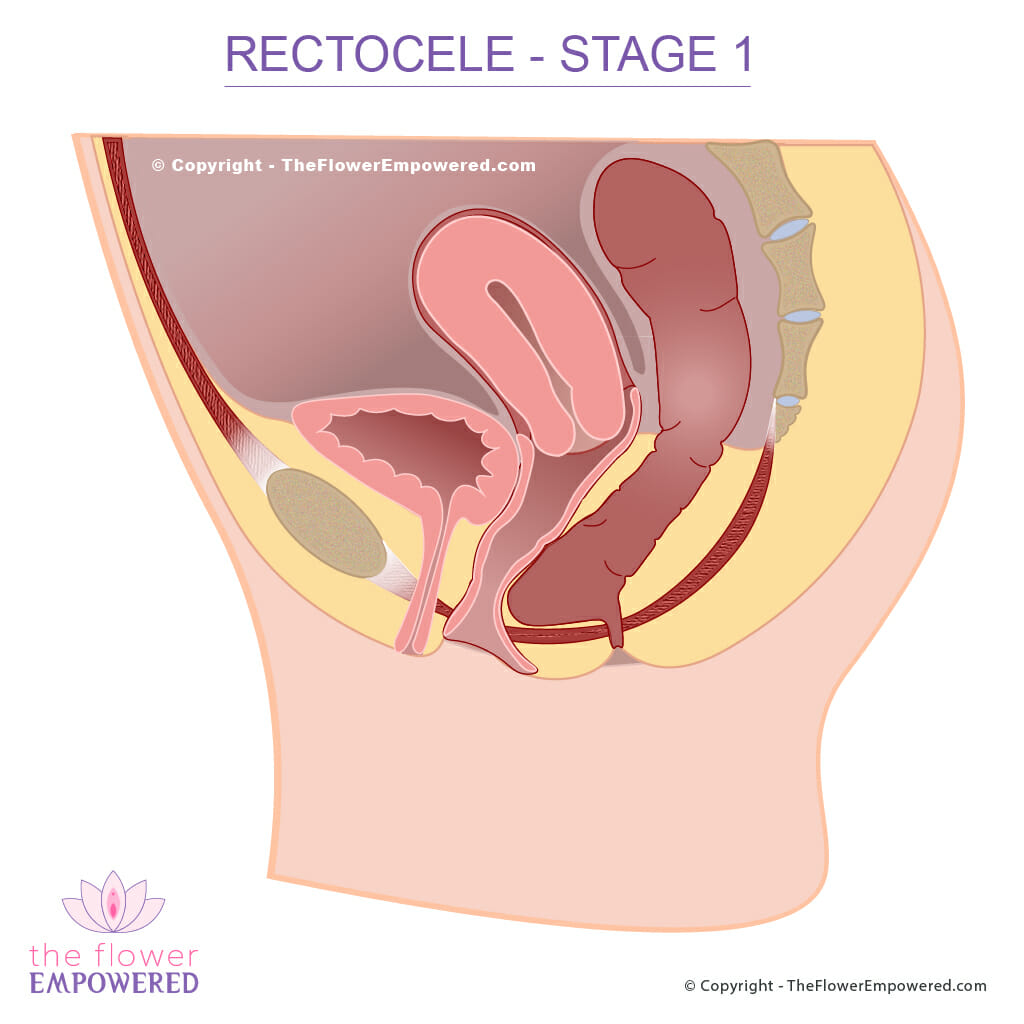
Rectocele (prolapsed rectum) Pelvic organ prolapse Stage 0 to 4
A rectocele, which may also be called a posterior vaginal prolapse, is a common condition, especially after age 50. A rectocele does not always cause symptoms, especially if it is small. It may cause discomfort, but it is not usually painful. Caiaimage / Agnieszka Olek / Getty Images Understanding the Pelvic Floor Anatomy

Uterine prolapse, Cystocele and rectocele YouTube
Imaging is used to confirm the diagnosis and evaluate for co-existing pelvic organ prolapse, and to grade the severity of the prolapse (s). Both fluoroscopic and MRI proctography can depict rectoceles, and they can be graded using MRI.